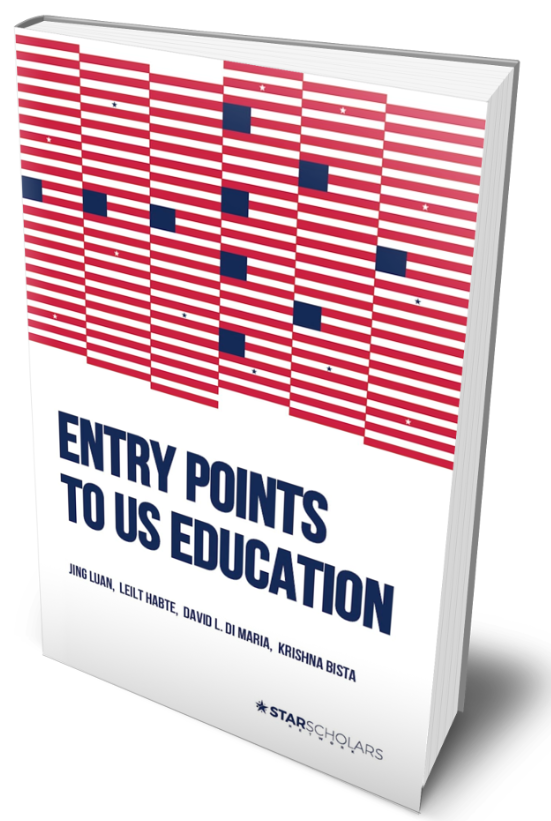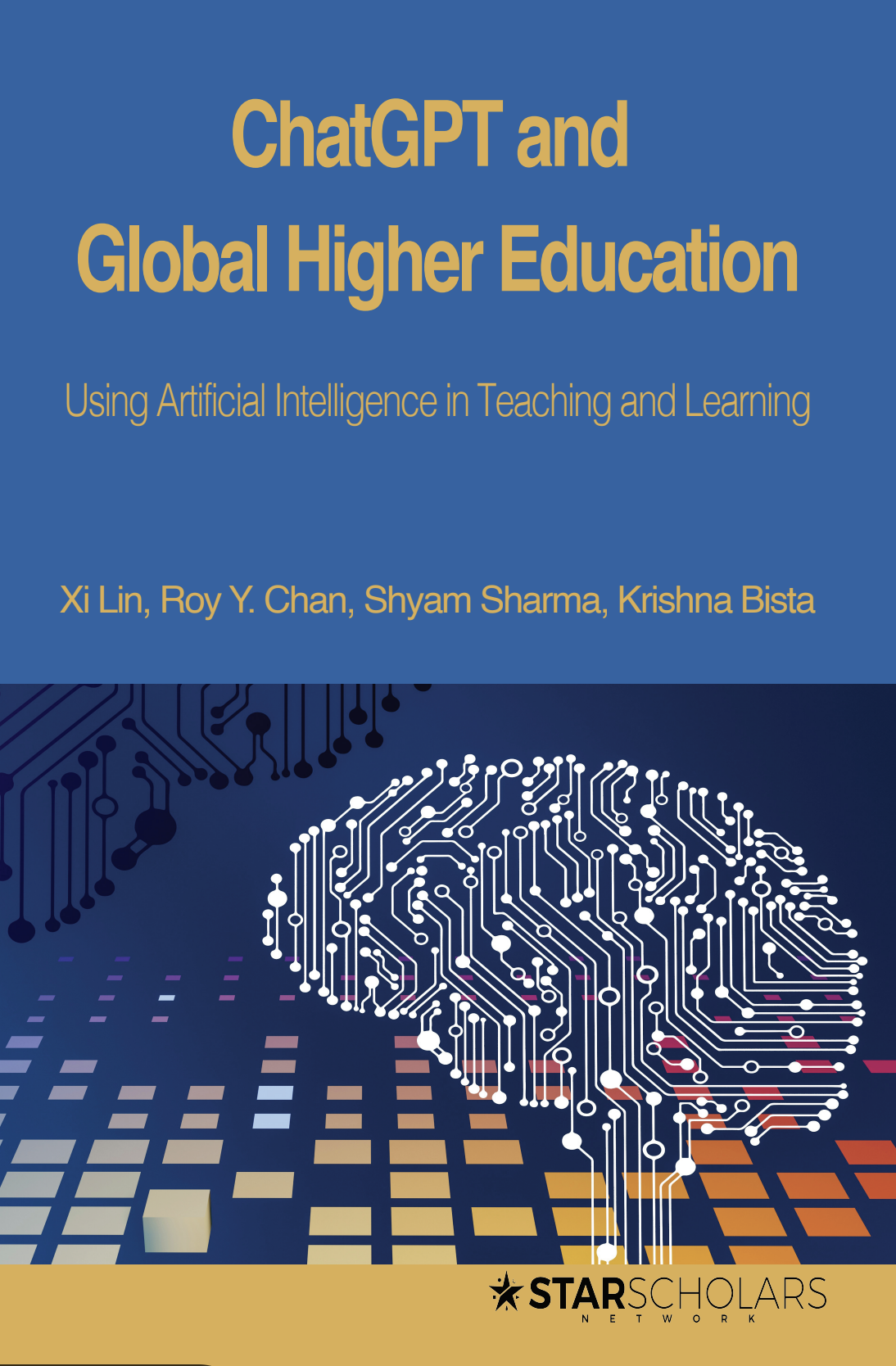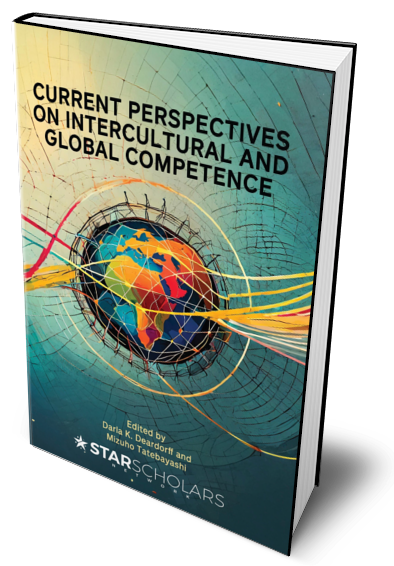The Ten Entry Points to U.S. Education
Published
Synopsis
Jing Luan Provost Emeritus, San Mateo Colleges of Silicon Valley, United States
Larry Lifson President & CEO, Global School Access, United States
Andrew H. Chen CEO, WholeRen Group and F1 Hire, LLC, United States
George Kacenga VP Enrollment Management, William Paterson University, United States
Abstract
This chapter explores the evolving landscape of international student mobility, highlighting the urgent need to modernize conceptions of international education. It emphasizes a data-driven, open-minded approach to aligning policies and opportunities with the dynamic preferences and paths of Gen Z students navigating an increasingly complex and digitalized educational sphere. Drawing upon recent global surveys, the text unveils the distinct preferences of these students, advocating for a deeper appreciation of the nuanced ten entry points to U.S. undergraduate degrees. It encapsulates strategic insights from the 2022 AIRC symposium, fostering dialog around actionable strategies and student engagement in the context of global mobility.
Keywords: International student mobility, Gen Z preferences, global learning, data-driven approach, student engagement, educational pathways, UTA, UFA, entry points
How to cite this chapter: Luan, J., Lifson, L., Chen, A. H., & Kacenga, G. (2024). The ten entry points to U.S. education. In J. Luan, L. Habte, D. L. Di Maria, & K. Bista (Eds.), Entry points to US education: Accessing the next wave of growth (pp. 1-27). Star Scholars Press. DOI: https://doi.org/10.32674/4r0sfm57





